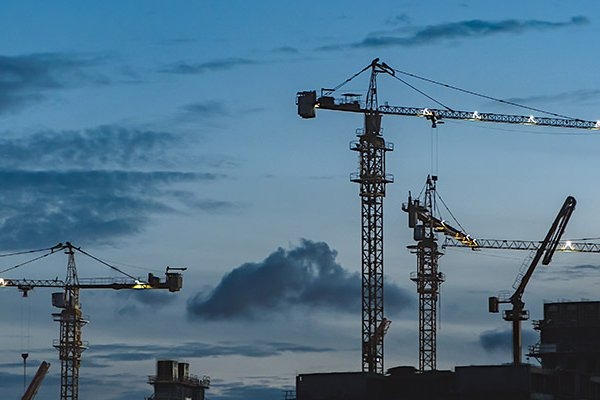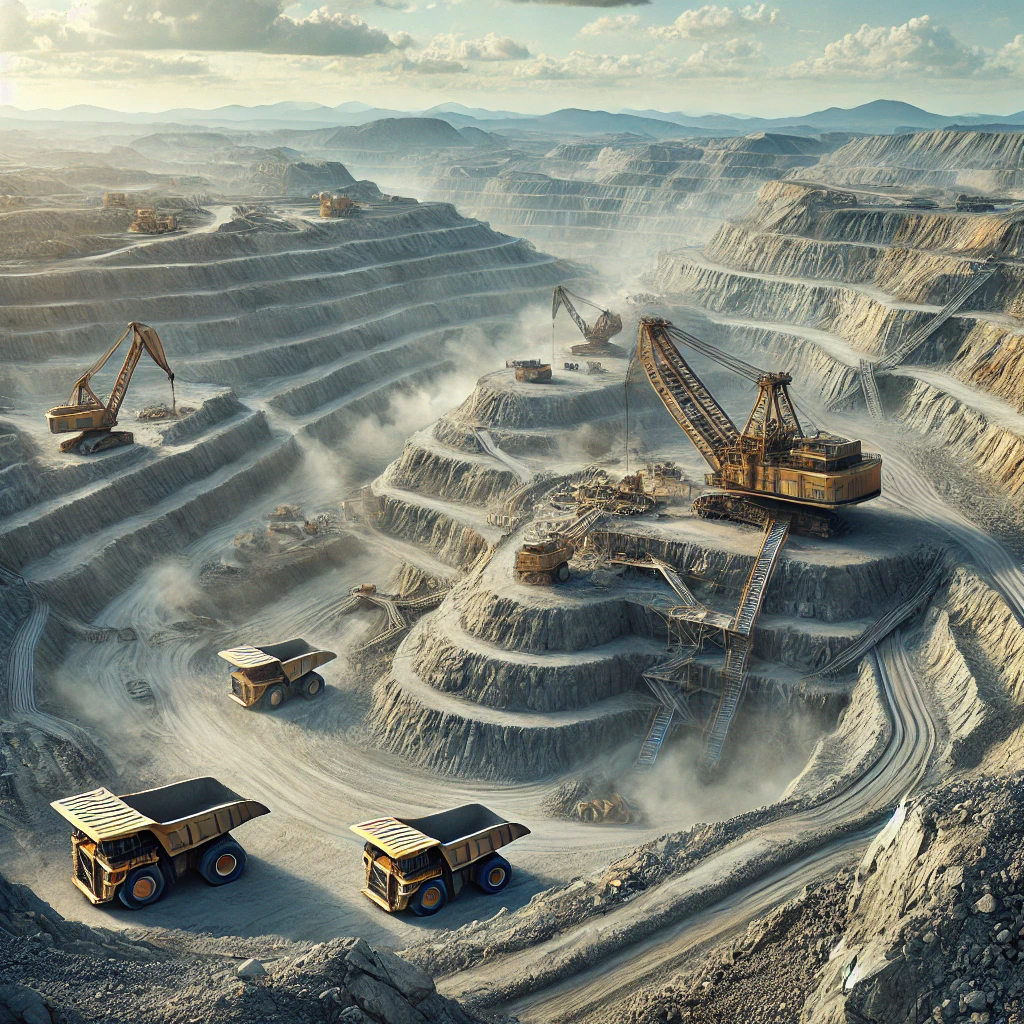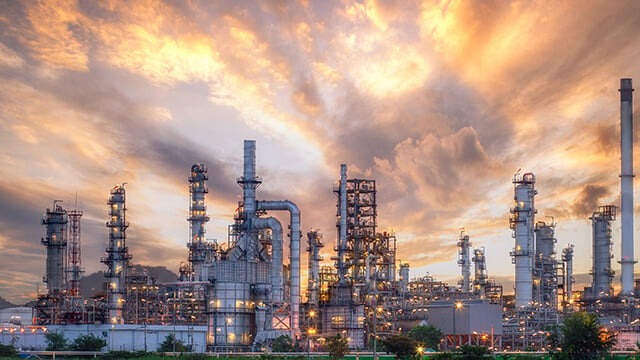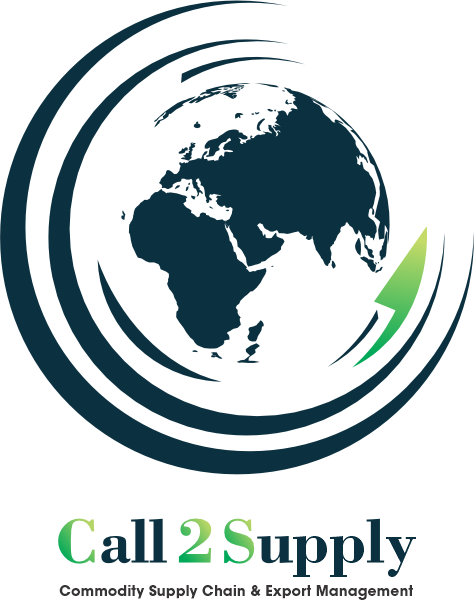The construction market in Iran is a significant segment of the country’s economy, with substantial contributions to its GDP and employment rates. This essay delves into the current status of Iran’s construction market, examines the trends in export and import, and identifies key partner countries involved in this sector.
1. Introduction
The construction industry in Iran has evolved over the years, reflecting the country’s economic fluctuations, geopolitical situations, and policy shifts. As a developing country with a growing population and urbanization rates, Iran’s demand for infrastructure and housing is continually rising. This essay explores the multifaceted aspects of the Iranian construction market, providing an in-depth analysis of its current status, export-import dynamics, and international partnerships.
2. Market Status
2.1 Economic Contribution
Iran construction sector is a cornerstone of the Iranian economy, contributing significantly to its GDP. The sector includes residential, commercial, industrial, and infrastructure projects. It is also a major source of employment, engaging millions of workers directly and indirectly.
2.2 Urbanization and Housing Demand
Iran is experiencing rapid urbanization, with a significant portion of its population moving to cities in search of better opportunities. This migration has created a high demand for residential housing, driving growth in the construction sector. The government has launched several initiatives to address housing shortages, such as the Mehr Housing Project, aimed at providing affordable housing to lower-income groups.
2.3 Infrastructure Development
Iran’s infrastructure development is crucial for its economic progress. The government has prioritized projects in transportation, energy, and telecommunications. Major infrastructure projects include the expansion of road networks, railways, airports, and the construction of dams and power plants. These projects not only improve domestic connectivity but also enhance Iran’s position as a regional transit hub.
2.4 Challenges and Opportunities
Iran Construction Market faces several challenges, including economic sanctions, political instability, and fluctuating oil prices. These factors have led to a scarcity of funding and limited access to advanced construction technologies and materials. However, these challenges also present opportunities for innovation and self-reliance. Local companies are increasingly adopting modern construction techniques and materials, fostering growth in the domestic construction industry.
3. Export and Import Dynamics
3.1 Export of Construction Services and Materials
Iran has a robust construction services sector, exporting expertise and materials to neighboring countries. Iranian companies are involved in construction projects in Iraq, Afghanistan, and Central Asian countries. Exports include engineering services, construction materials like cement and steel, and prefabricated buildings. The strategic location of Iran provides a competitive advantage in serving regional markets.
3.2 Import of Construction Equipment and Materials
Despite having a substantial domestic production capacity, Iran imports certain construction equipment and materials. Advanced machinery, high-tech construction tools, and specific raw materials are sourced from international markets to meet the demands of large-scale projects. However, economic sanctions have impacted the import of these goods, prompting local manufacturers to innovate and fill the gap.
3.3 Trade Balance
The trade balance in the construction sector has been influenced by economic sanctions and fluctuating oil revenues. While exports of construction materials and services have shown resilience, imports have been constrained, leading to a push for domestic production. The trade policies and bilateral agreements with partner countries play a crucial role in shaping this balance.
4. Partner Countries
4.1 China
China is a major partner in Iran’s construction market. The two countries have collaborated on numerous infrastructure projects under the framework of the Belt and Road Initiative (BRI). Chinese companies provide funding, expertise, and technology for large-scale projects such as railways, highways, and energy plants. This partnership is mutually beneficial, with Iran gaining access to advanced construction technologies and China strengthening its geopolitical influence in the region.
4.2 Turkey
Turkey is another key partner, with Turkish construction firms actively participating in various Iranian projects. The geographic proximity and cultural similarities facilitate this collaboration. Turkish companies bring experience and efficiency, particularly in commercial and residential construction. Joint ventures and partnerships have been established to leverage the strengths of both countries in the construction sector.
4.3 European Union
Despite the challenges posed by economic sanctions, European countries have maintained a presence in Iran’s construction market. Countries like Germany, Italy, and France are involved in infrastructure and industrial projects. European firms contribute advanced technology and sustainable construction practices, enhancing the quality and efficiency of Iranian construction projects.
4.4 Regional Neighbors
Iran collaborates with its regional neighbors, including Iraq, Afghanistan, and Pakistan, in the construction sector. These partnerships are driven by geographic proximity and shared economic interests. Iranian companies are involved in rebuilding efforts in Iraq and Afghanistan, providing essential construction services and materials. These collaborations contribute to regional stability and economic integration.
5. Government Policies and Regulations
5.1 Investment Incentives
The Iranian government has implemented policies to attract foreign investment in the construction sector. Incentives include tax breaks, simplified regulations, and guarantees for foreign investors. Special economic zones and free trade zones offer additional benefits, creating a conducive environment for investment.
5.2 Regulatory Framework
A comprehensive regulatory framework governs the construction industry in Iran. Standards and codes ensure the safety, quality, and sustainability of construction projects. The government regularly updates these regulations to align with international best practices and technological advancements.
5.3 Public-Private Partnerships
Public-Private Partnerships (PPPs) are increasingly utilized to fund and manage large-scale construction projects. These partnerships combine public sector oversight with private sector efficiency and innovation. Successful PPPs in Iran include infrastructure projects such as highways, airports, and urban development initiatives.
6. Future Outlook
The future of Iran construction market appears promising, despite the challenges. Continued urbanization, population growth, and economic diversification will drive demand for residential, commercial, and infrastructure projects. Technological advancements and improved access to international markets will enhance the efficiency and quality of construction activities.
6.1 Sustainable Construction
Sustainability is becoming a key focus in Iran’s construction sector. There is a growing emphasis on green building practices, energy-efficient designs, and the use of renewable materials. Government policies and incentives are encouraging the adoption of sustainable construction methods, aligning with global trends and environmental goals.
6.2 Innovation and Technology
The integration of advanced technologies such as Building Information Modeling (BIM), prefabrication, and smart construction tools will transform the industry. Local companies are increasingly investing in research and development to stay competitive. Collaborations with international firms will facilitate knowledge transfer and technological adoption.
6.3 Regional Integration
Iran’s strategic location and regional connectivity initiatives will enhance its role as a construction hub in the Middle East and Central Asia. Projects like the North-South Transport Corridor and various transnational infrastructure initiatives will strengthen regional integration and trade, boosting the construction market.
7. Conclusion
Iran construction market is a dynamic and vital component of the country’s economy. Despite facing significant challenges, the sector has demonstrated resilience and adaptability. The interplay of domestic demand, international partnerships, and government policies will shape the future trajectory of the market. By embracing sustainability, innovation, and regional collaboration, Iran’s construction industry is poised for sustained growth and development.
In summary, the construction market in Iran presents a complex yet promising landscape. With strategic investments, robust regulatory frameworks, and international cooperation, Iran can harness the full potential of its construction sector to drive economic growth and improve the quality of life for its citizens.
